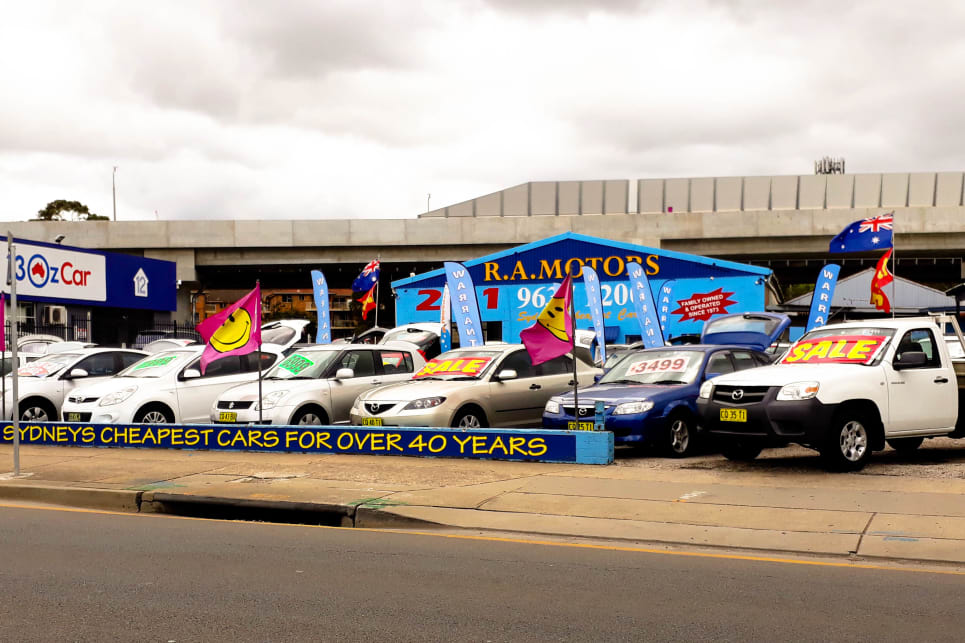
Set yourself a strict budget based on what you can afford. Remember that purchase price is just the start though, as there are ongoing running costs like fuel, maintenance, insurance, plus the interest on any finance used for the purchase to consider.











Comments